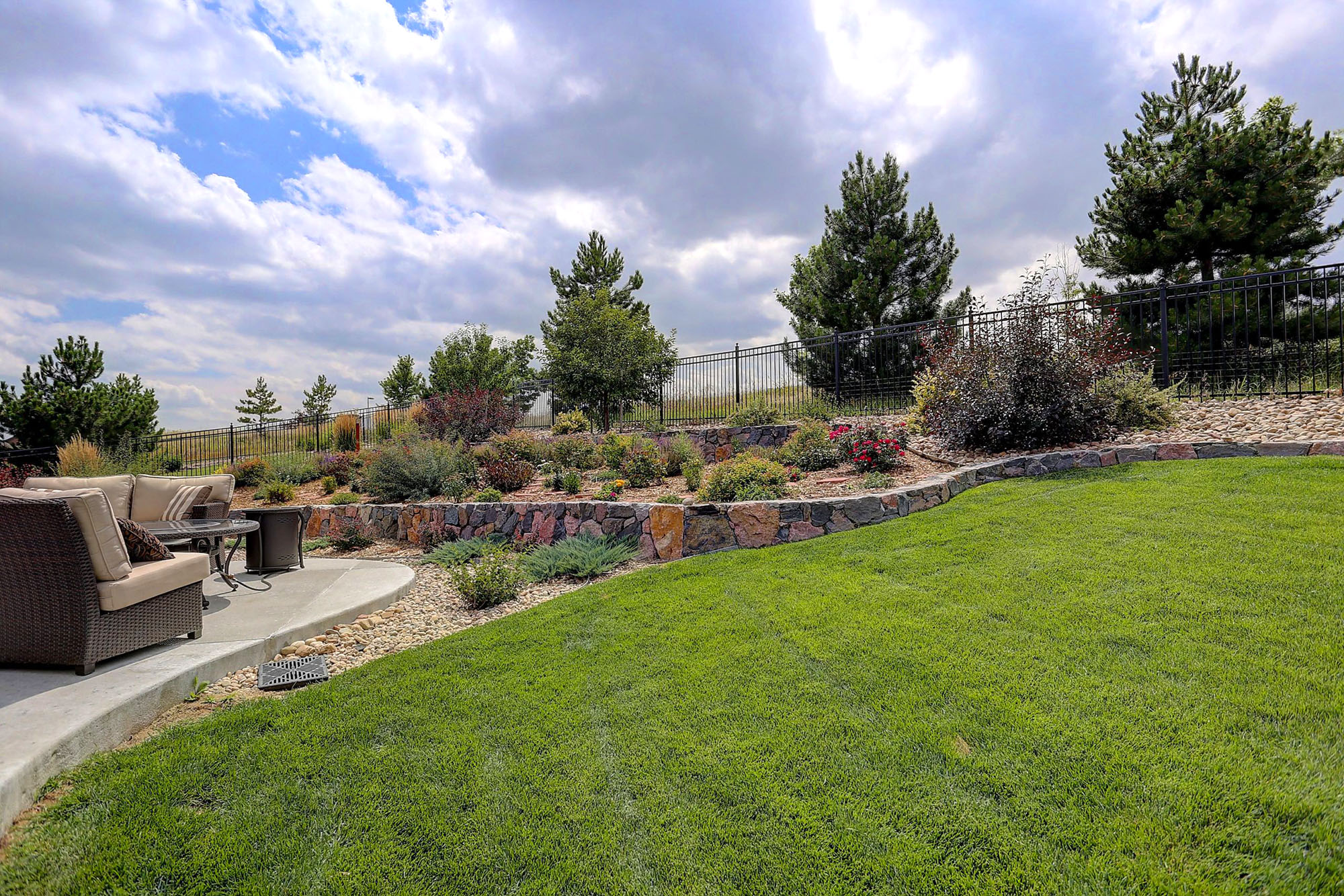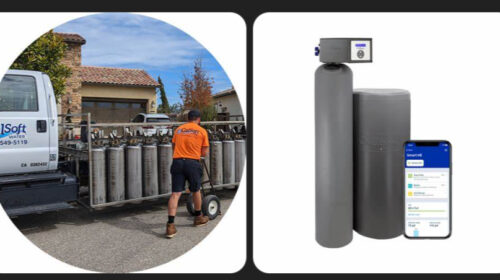Living in a beautiful wildland-urban interface area like La Habra Heights, Malibu, or Altadena means balancing two priorities:
- Enjoying nature
- Defending your home from wildfire
One of the smartest moves homeowners can make is embracing fire-resistant landscaping.
Done right, your yard can still be gorgeous — while serving as a powerful first line of defense against wildfires.
Here’s how.
🔹 Note: While many of our examples reference La Habra Heights, the principles of brush clearance and firewise landscaping apply across Southern California’s wildfire-prone zones — including Malibu, Altadena, Pacific Palisades, Santa Monica Mountains, and hillside communities throughout Orange, Los Angeles, Riverside, and Ventura Counties.
We focus on La Habra Heights for a reason:
LHH is a wildfire-resilient city with an excellent reputation for proactive fire safety.
- The La Habra Heights Fire Department (LHHFD) is highly regarded and is a hands-on training ground for fire science students from Rio Hondo College, many of whom go on to become firefighters throughout OC and LA Counties.
- LHHFD’s experience, training, and brush clearance enforcement are respected across the region, making their 2024 standards an ideal model for best practices.
🌿 What Is Fire-Resistant Landscaping?
Fire-resistant landscaping doesn’t mean a barren, desert-scape.
It means designing your outdoor space using:
- Plants that are less likely to ignite.
- Layouts that slow fire spread.
- Materials that don’t fuel flames.
🔥 Best Plant Choices for Fire-Resistant Landscaping
✅ Succulents:
- Ice plant, aloe vera, sedum
- High moisture content resists burning
✅ California Native Plants:
- Toyon (California Holly)
- Coffeeberry
- California Lilac (Ceanothus)
✅ Firewise Trees:
- Coast Live Oak
- Western Redbud
- Olive Trees (pruned properly)
✅ Groundcovers:
- Creeping thyme
- Dymondia
- Mulched beds (with inorganic mulch like gravel)
✅ See why the right timing for clearing and planting matters.
🚫 Plants and Materials to Avoid
- 🌾 Pampas grass
- 🌾 Fountain grass
- 🌲 Juniper bushes
- 🌲 Cedar trees
- 🌴 Fan palms (dead fronds = fuel ladders)
Avoid anything:
- Resinous
- Highly oily
- Fast-drying
✅ Learn about ladder fuels and why they’re so dangerous here.
🛠️ Key Design Principles for Fire-Resistant Yards
✅ 1. Zone Landscaping Strategically
- Use less combustible plants nearest to the home (Zone A).
- Allow thicker groupings farther out (Zone B).
✅ Brush Clearance Zones explained here.
✅ 2. Break Up Fuel Continuity
- Use pathways, gravel beds, or decorative hardscape to separate plant groupings.
✅ 3. Prune, Thin, and Maintain
- Regularly remove dead leaves, branches, and overgrowth.
- Maintain healthy moisture levels in plants.
✅ Follow our Brush Clearance Checklist to stay fully protected.
✅ 4. Choose Non-Combustible Building Materials
- Gravel, stone, concrete, and decomposed granite (DG) make excellent patios, pathways, and borders.
📋 Bonus Tip: Create a Buffer Around the Home
Maintain a 5-foot non-combustible zone around all structures:
- No plants against siding
- No bark mulch against the house
- Use only rock or stone in this critical area
🌟 Final Thought
Beautiful landscaping and wildfire safety can absolutely coexist —
if you choose smart plants, smart layouts, and consistent maintenance.
You don’t have to give up green living to stay fire-safe.
✅ Visit our full Brush Clearance Resource Center for diagrams, plant lists, and professional tips.
✅ Need help creating or maintaining a fire-resistant yard? Contact us today.



Leave a Reply